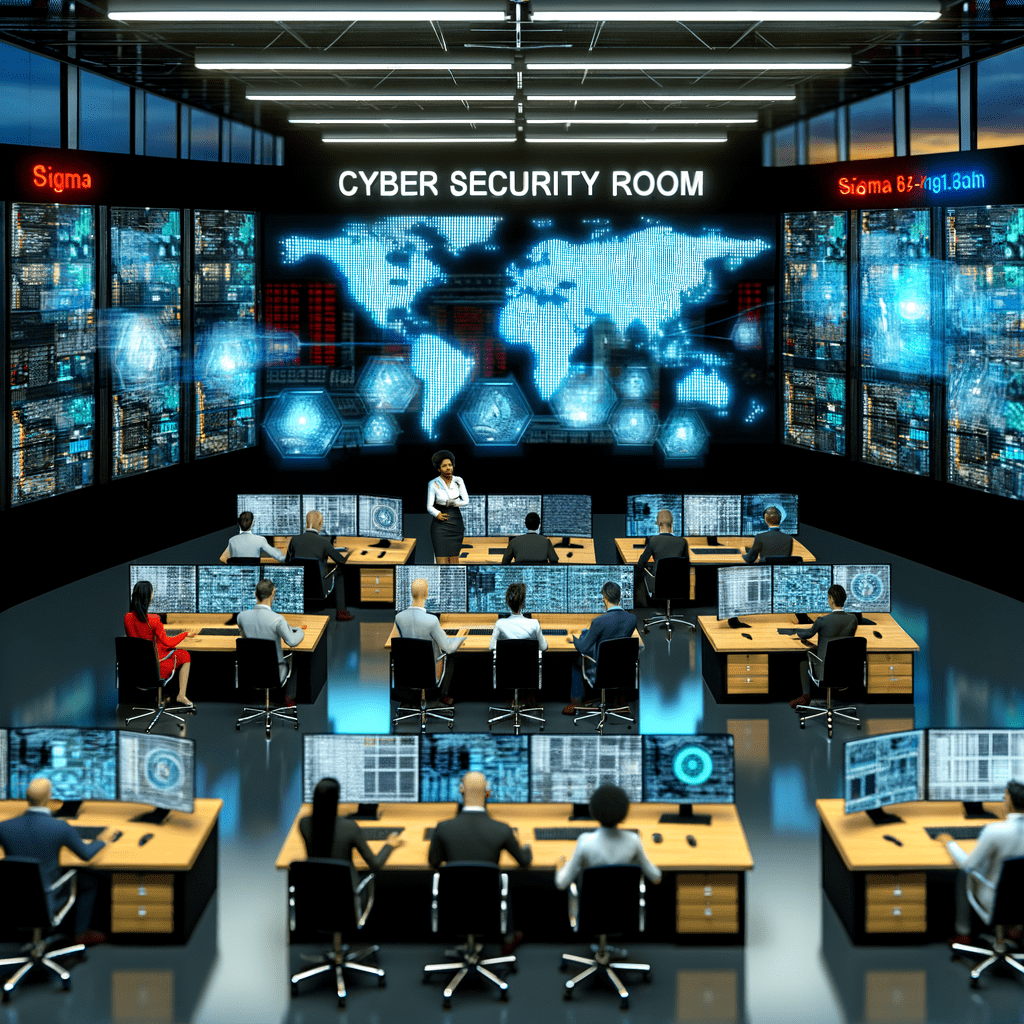Introduction: In an era where digital threats loom larger than ever, ransomware attacks have become a growing concern for both individuals and organizations. Effectively preventing these attacks requires a multifaceted approach that combines proactive security measures, including advanced technologies and user education, to safeguard sensitive data and protect against malicious activities.
Understanding Ransomware and Its Threats
Ransomware is a type of malware that encrypts a victim’s files, demanding a ransom for their release. Prevention begins with understanding its modus operandi. Typically, ransomware gains access via phishing emails, untrusted downloads, or malicious websites. Recognizing these tactics is crucial for establishing a strong defense.
To mitigate risks, organizations must implement advanced security measures:
- Network Segmentation: By dividing the network into segments, you can contain potential intrusions, limiting the spread of ransomware.
- Regular Updates: Ensure systems are consistently updated to patch vulnerabilities that could be exploited.
Proactive communication within an organization about potential threats and keeping employees informed about new ransomware trends further strengthens security.
Implementing Proactive Security Measures
Effective prevention strategies require a combination of technological tools and user awareness. Here are essential measures:
- Data Backups: Regular backups ensure data recovery without paying the ransom. Store backups offline to prevent them from being compromised.
- Endpoint Security: Utilize comprehensive endpoint security solutions that offer real-time protection against ransomware and other malware.
- Employee Training: Conduct regular training sessions to educate employees about identifying suspicious emails and links, which are often the primary vectors for ransomware.
A well-informed workforce can act as the first line of defense, making proactive security measures not just a technology problem, but also a people issue. By fostering a culture of security awareness, organizations can significantly reduce their vulnerability to attacks.
Conclusion: Preventing ransomware attacks requires an integrated approach that combines advanced security technologies with continuous education and preparedness. By understanding the tactics employed by cybercriminals and implementing proactive measures like data backups, network segmentation, and staff training, you can significantly enhance your defenses and secure your digital assets against future threats.



